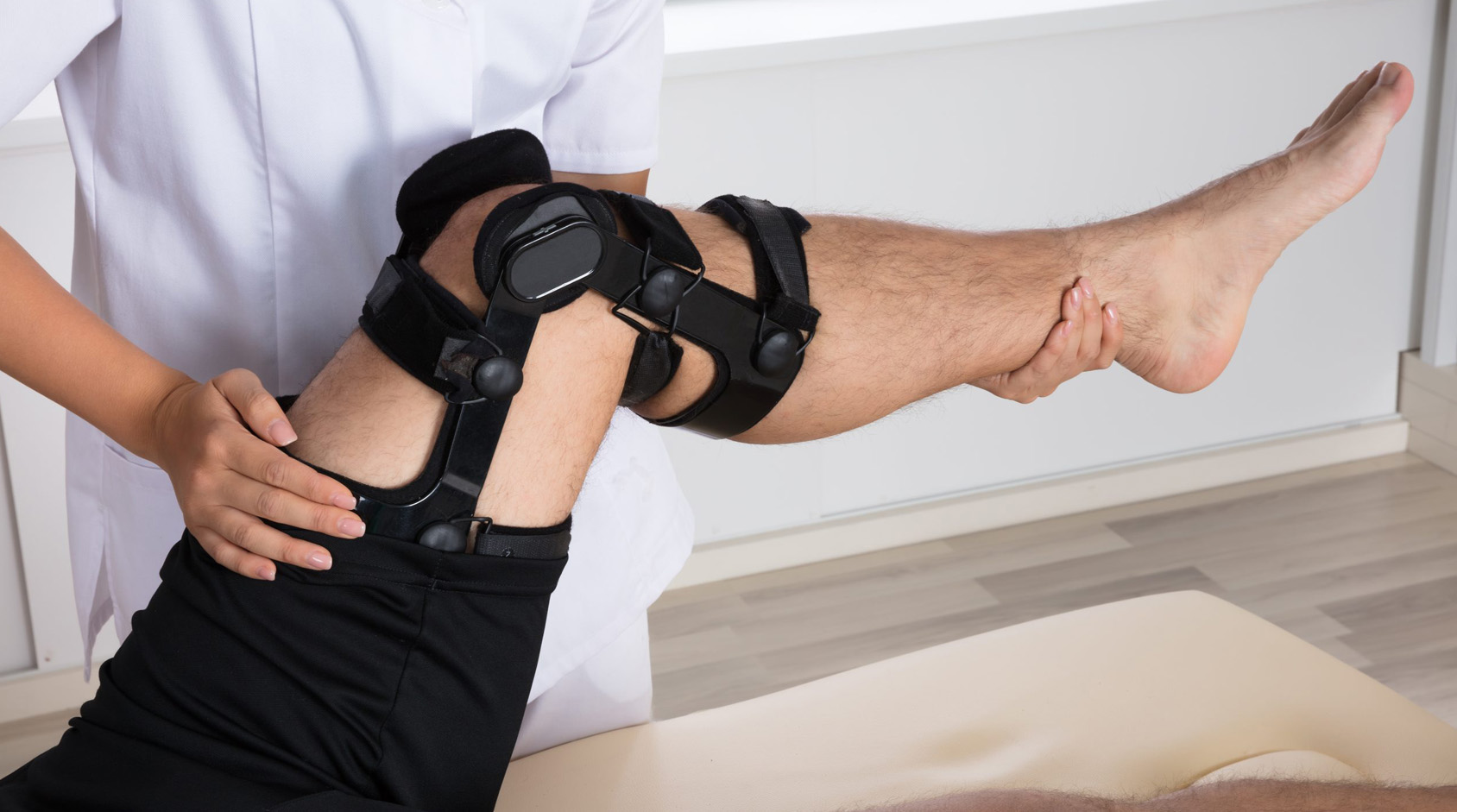
Osteoarthritis braces, also known as osteoarthritis knee braces or OA braces, are orthopedic devices designed to provide support, stability, and pain relief to individuals who are experiencing the effects of osteoarthritis in their knees or other joints. Osteoarthritis is a degenerative joint disease that leads to the breakdown of joint cartilage and can result in pain, stiffness, and reduced mobility. These braces are specifically tailored to help manage the symptoms and improve the quality of life for those affected. Here's a description of osteoarthritis braces
Osteoarthritis braces are designed to offer support and stability to the affected joint, primarily the knee. By helping to offload some of the weight and stress on the joint, these braces can reduce pain and discomfort, making it easier for individuals to perform daily activities.
Many osteoarthritis braces are custom-fitted to the individual's specific anatomy and condition. This involves taking measurements or creating molds of the affected joint to ensure a snug and comfortable fit.
There are several types of osteoarthritis braces, including
These braces are designed to "unload" or shift the weight away from the affected side of the knee joint, providing relief for individuals with osteoarthritis on one side of the knee.
Hinged knee braces offer additional support and stability. They have hinges that allow controlled movement while preventing excessive flexion and extension of the knee.
Sleeve braces are a simpler option and are often made of neoprene or fabric material. They provide compression and mild support to the knee, helping to manage pain and swelling.
Osteoarthritis braces help reduce pain and discomfort associated with osteoarthritis. They can be particularly effective for individuals with mild to moderate osteoarthritis, allowing them to engage in physical activities and improve their quality of life.
These braces can improve mobility by providing joint stability and reducing the risk of further joint damage. Individuals with osteoarthritis can often move more comfortably while wearing the brace.
The fitting, adjustment, and monitoring of osteoarthritis braces are typically performed by orthotists, healthcare professionals who specialize in orthotic devices. They ensure that the brace is properly fitted and adjusted to maximize its effectiveness.
Osteoarthritis braces are a non-invasive treatment option, offering an alternative to surgery or more aggressive interventions. They can be used as part of a comprehensive osteoarthritis management plan that may include exercise, physical therapy, and medication.
Modern osteoarthritis braces are often designed for comfort, featuring breathable materials and adjustable straps to ensure that they can be worn throughout the day without causing irritation.
Osteoarthritis braces are an essential tool for individuals living with osteoarthritis, providing relief from pain, enhancing joint function, and allowing for improved mobility and a better quality of life. However, it is essential to work with a healthcare provider or orthotist to ensure that the brace is appropriately selected, fitted, and adjusted to meet the specific needs of the individual's condition and anatomy.
Ask The Expert